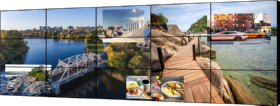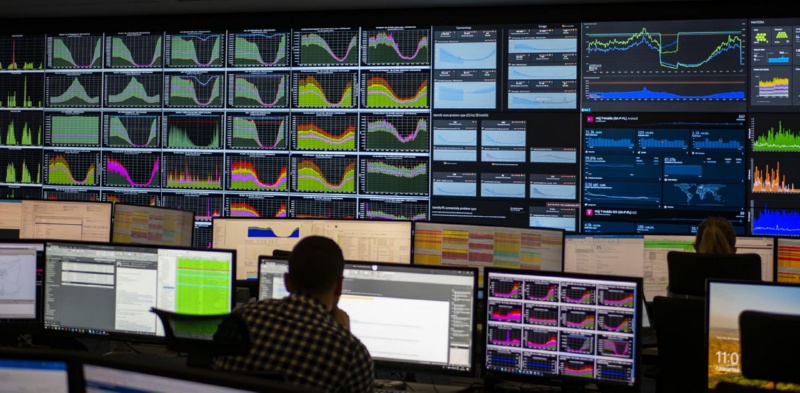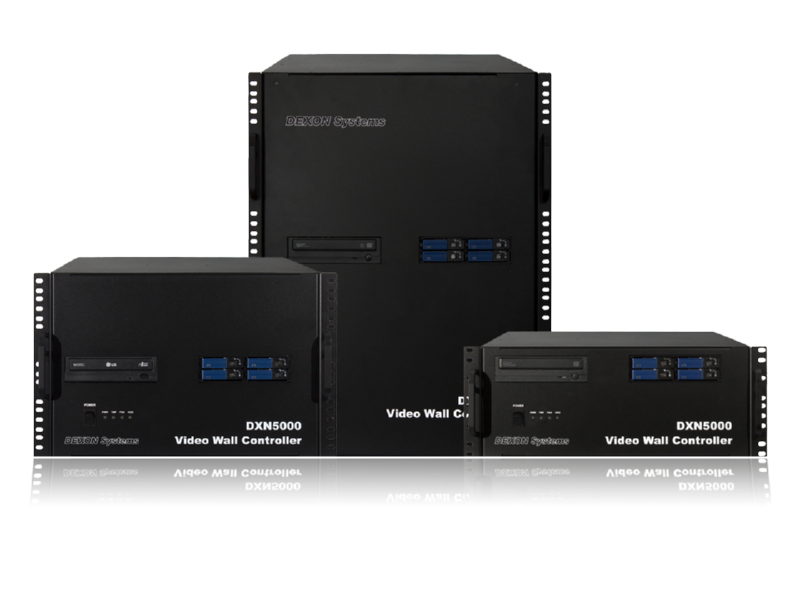designing led video wall resolution
How to Set up a Video Wall? A Step by Step Guide
What is a video wall?
The system integrators of AV projects apply different physical devices to display video or graphics information. The visualization device must be selected according to the requested services as size of area, pitch size, brightness, resolution and vertical frequency, response time, 24/7 operation or others.

A video wall is a large surface consisting of multiple monitor screens tiled together to form a coherent screen. These monitor or TFT/LCD screens usually have thin bezel minimizing the gap between the active display areas.
The advantage of using a video wall instead of a single large display is to be able to display large movie pictures or display a lot of information over a pretty large surface to the audience. The video wall can display customized content on the individual tiles and so is able to create separate layouts.
The main role of a video wall, besides displaying video or graphics information, is to perform this in real time and in an enlarged version. On top this, it is needless to highlight that all this information needs to be displayed in parallel over a large display area. Nowadays thanks to the ever-evolving technology, resolution and video wall qualities are astonishing and can truly provide a fantastic visual experience we never could have imagined decades ago.
Sign up to our newsletter
What are video walls used for?
The big walls or the big image of video walls are widely used all over the world in multiple application areas. Even this industry is developing extremely fast because of the unique services to inform large audience or to provide information for centralized supervision and control.

There are demanding AV projects for larger audiences where the application is rather special and need special solution regarding the visualization. Such project as show rooms, board rooms, public displays, university halls, lecture rooms, conference centers, traffic control centers, police supervision centers, utility supervision rooms, security supervision rooms, industrial control and supervision centers or even mission critical control rooms need more information and a single monitor screen is not enough.
In these projects the solution means application of a video wall where a lot of visitors or operators can watch a large area of multiple monitors displaying all the required amount of information. They need the information for supervision, control, cooperation among the operators or for simple amusement.
 ESTÉE LAUDER, UK
ESTÉE LAUDER, UK
How to set up a video wall?
Setting up a video wall can be a rather tricky task to accomplish and therefore we would like to provide you some tips and tricks to watch out for. When deciding on a video wall installation project, you have to make some decisions in advance.
Step 1: Decide how many displays you want in your video wall
The design must clear the application requirements and the specific project requirements also. As the first step, integrators must check what sort of information must be displayed and so what size of video wall is needed. The number of visitors or audience size must be served by a large space that may limit the size of video wall and the control system also.
Depending on your area and need, you need to make a decision of the size of your future video wall. How big of an area you have? What sort of content will be displayed here? Do you need more of a vertical or horizontal surface? These are all important questions to keep in mind before deciding on the following points.
Case: Equal number of rows and columns
In this scenario, you can have a 2x2, 3x3, 4x4, 5x5 or any setup that has an equal number of rows and columns of monitor screens. Such installations give similar feeling as a TV screen so they are suggested for movie pictures with keeping original aspect ratio of the content.
 Ferenc Liszt International Airport, Hungary
Ferenc Liszt International Airport, Hungary
Case: Different number of rows and columns
In this scenario, the column and row number of monitor screens differ. This can be done vertically as well as horizontally that give attractive view over rather large surface.


Bath Spa University, UK
The video wall implementation must have a clear design in advance because these components will provide the visual experience that must result perfect customer satisfaction as a wish by the end of the project.
Step 2: Buy a video wall controller
There are various video wall controller manufacturers and integrators around the world which one can trust when purchasing a controller. But there are certainly a few things to watch out for to find the right solution. So this is the next step in your journey.
Most importantly, you will need to ensure that the right controller suits your project needs. Does it have all the functions you are looking for? Will it be able to handle the video wall size you have? The number of input and output ports is significant to match with your project requirements.
Another thing that can go wrong is picking a video wall controller that is not customizable in terms of input and output signal types. Therefore, you will need to request the suitable boards based on whether you will use HDMI or other signals.
We talked about resolution before in this article, but we need to increase awareness that nowadays you can easily find a suitable controller which will enable your application to implement 4K signals. Visual quality is indispensible in today's markets, so do not stay behind if you want to show your best side.
Video walls in general are built for long-term applications – considering the cost and effort to invest in one, you will understand why. So, here is another tip – pick a controller that will serve your needs in a long-term! Ask for references, application examples and testimonials to make sure your investment is worth it.
 T-Mobile Polska, Poland
T-Mobile Polska, Poland
The chosen wall controller must be a central element of your AV solution. The video wall controller or usually called video processor must be selected with highest care. The right video processor gives real time display of perfect quality video signals so giving relaxed and satisfied users and customers.
Here is a small checklist for you to keep in mind:
- The controller type must be determined as to be a network-based solution, independent PC based solution, monitor integrated version or an integrated single-box solution.
- Does the controller have to display a Windows graphics desktop in the background or not?
- Does the processor display real time video or not?
- What kind of operator management tools the processor has to offer?
- Distance between input sources and the processor
- Number, signal type and resolution of the input signals?
- Distance between processor and the output peripherals?
- Number, signal type and resolution of the output signals?
- Does the processor have to control a single video wall or multiple video walls?
Step 3: Install and enjoy
We are proudly recommending DEXON's DIVIP video processors which display direct input signals over multi-screen video walls in scaled form and in real time. We built-in fantastic services into these AV devices as scaling, seamless switch, fade effects, OSD and even Picture-in-Picture service. We made sure that these video wall processors are suitable to any project size, therefore this product is available from 4x4 to 144x72 where remote operators use browser based, graphics user interface for layout management.
 DVP400 Video Processor Family
DVP400 Video Processor Family
In mission critical control rooms, we suggest to use DEXON Systems' DXN5000 video wall controllers. These products are highly customized in terms of input and output signals and provide perfect solution for 24/7 continuous operation.
 DXN5200 Video Wall Controller Family
DXN5200 Video Wall Controller Family
FAQs
What kind of video wall solutions exist?
There are different technologies that support video wall implementation as integration of TFT/LCD monitors with normal or thin bezel, using DLP cubes that give perfect 24/7 operation or even use the latest LED wall panels. There are implementations with single or multiple beam projectors also.
The arrangement of screens for a video wall may have a rectangular shape or the screens may be put to artistically attractive position with portrait and landscape monitors mixed.
How to choose which is the right solution for you?
The integrator must differentiate depending on the location as whether the video must be displayed in open air, in a closed and small room or even in a large stadium. The size, the technology, the pitch size, the response time and even the brightness must be decided to fit the project prescription. The application area determines the type of management and operation for normal business hours or continuous 24/7.
How many displays can you put together?
The project requirements determine the number of displays used. Usual size is 2x2, 3x2, 3x3, 4x2 or even 5x5 arrangements but the maximum number the screens depends only on the controller technology used. DEXON Systems' single box solutions can go from 2 up to 72 screens in one wall so rather huge wall area ca be covered by exciting movies for lots of visitors or critical control room information for supervising operators.
Sign up to our newsletter
designing led video wall resolution
Source: https://dexonsystems.com/news/how-to-set-up-a-video-wall
Posted by: dominguezwhiliver.blogspot.com

0 Response to "designing led video wall resolution"
Post a Comment